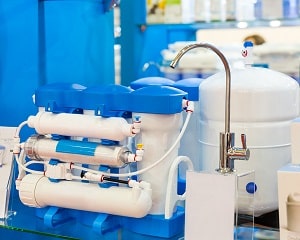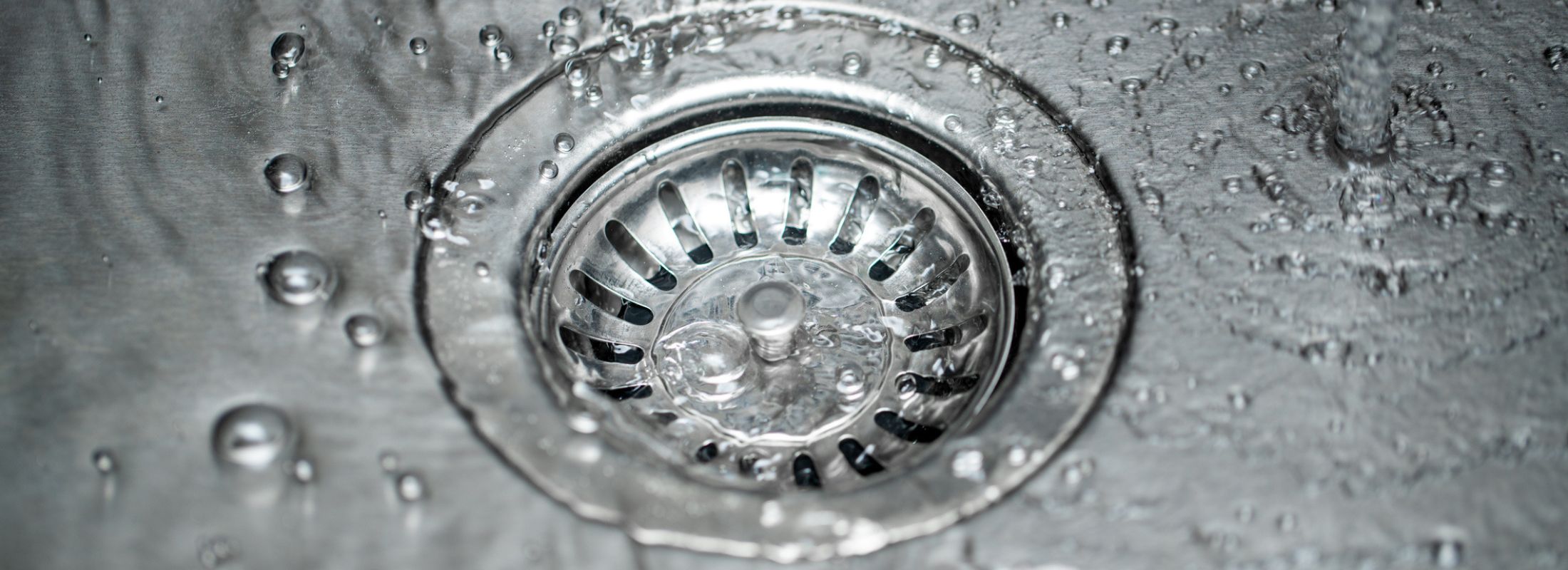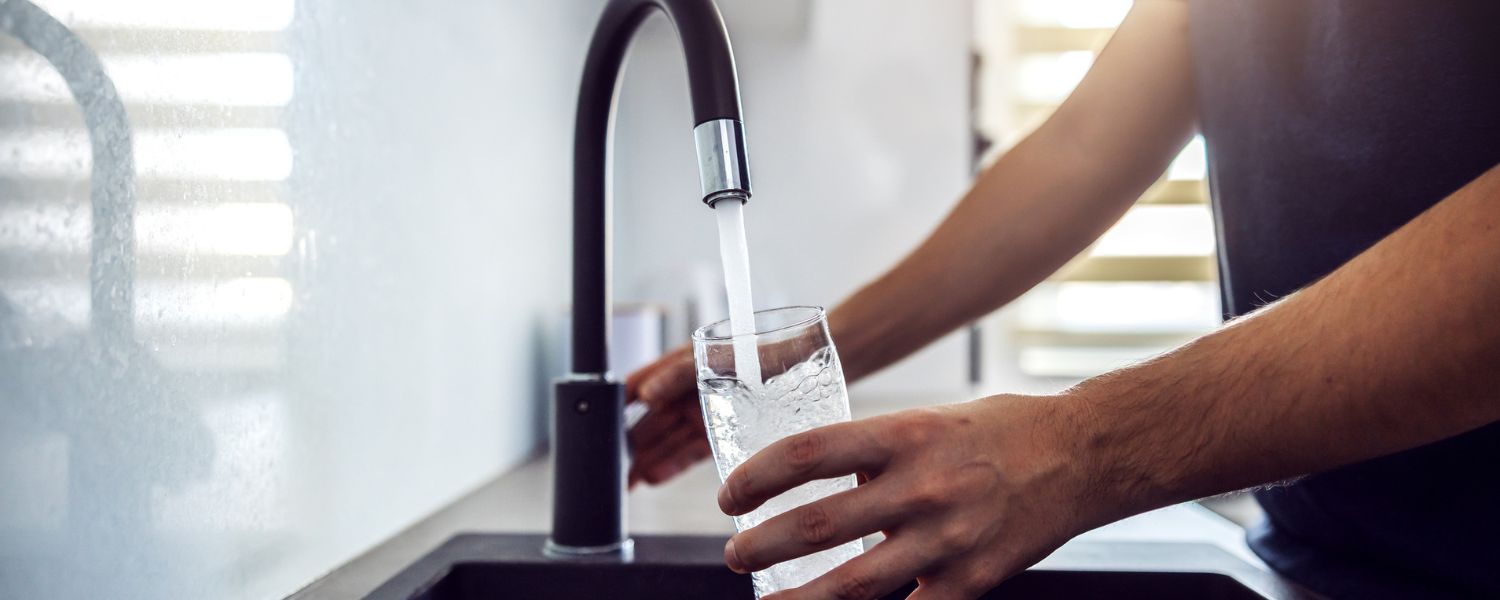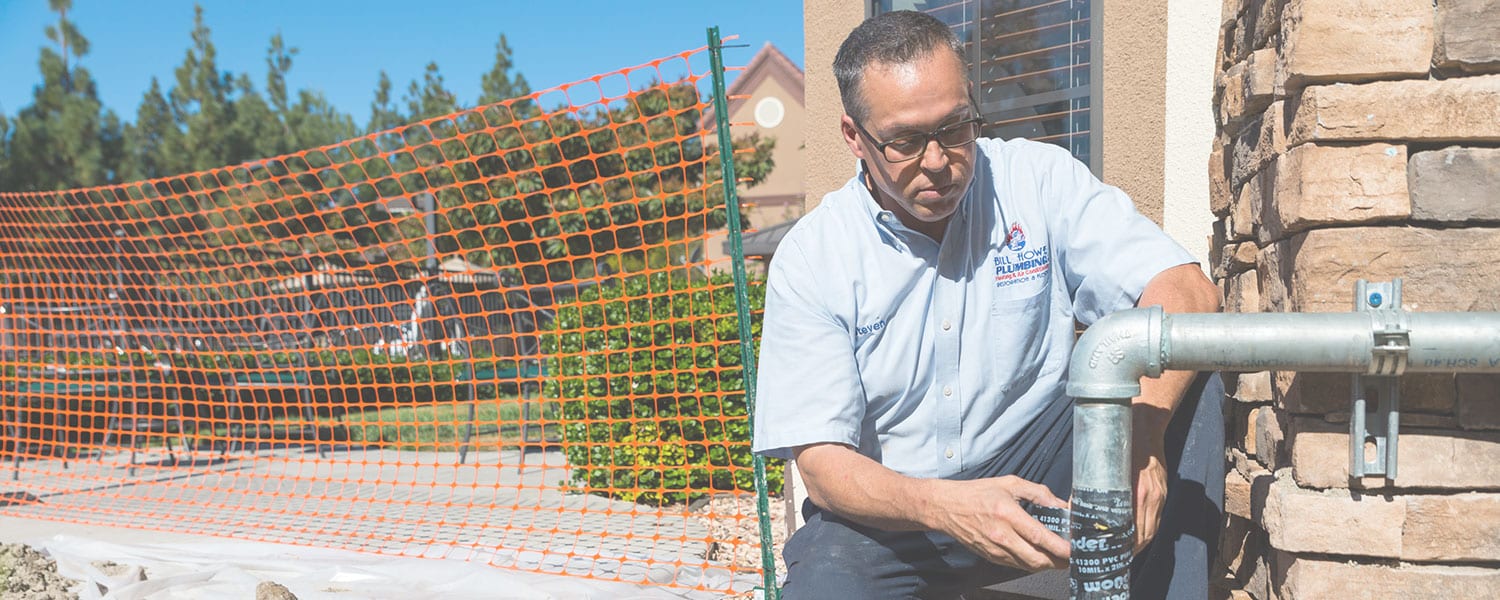Before jumping straight into how a water filtration system works, let’s briefly answer the following question. What are filtration systems? Although there are a few different types of home water filtration and purification systems, the main function of all three is to provide clean drinking water to your home (or business).
In a most basic description, water filtration systems work by capturing undesirable elements in the water and allowing only clean water through. Water filtration systems for residential use that use actual filters, such as the thin film composite in reverse osmosis, do this by using microscopic pores that block even small bacteria while letting water through. Others work through other materials such as activated carbon or sand, which essentially scrubs the water clean.
Why Water Should Be Filtered
The majority of San Diego’s water supply is imported from the Colorado River and other various state and local aqueducts. It is filled with pesticides from farm runoff, bacteria, and volatile organic compounds (VOC’s). Fortunately, the water goes through rigorous filtration prior to being delivered to homes; yet impurities remain.
Treatment Plants

For municipal treatment plants, the imported water undergoes several stages of water filtration and disinfection to meet EPA water regulations and make it safe for drinking.
Water is first filtered through screens to catch larger particles, materials, and debris. Then, the water is filtered through a series of filters including sand and biological filters to remove algae, bacteria, and smaller contaminants. Once the water has been filtered, it goes through a disinfection stage to treat against any bacteria or pathogens that may have passed through the filters.
There are a few methods of disinfection including Ultraviolet light, ozone treatment, and chlorination. When chlorine is used as an additive to the water, chloramines develop.
The treated and disinfected water is then delivered through the city’s water piping infrastructure and into residential homes and commercial buildings.
During the water’s journey to your home, it can be reintroduced to contaminants through the aging pipes. Lead and other heavy metals can become introduced into the drinking water supply, and any broken or damaged pipes can allow groundwater back into the water, resulting in contaminated water. On top of that, you still have the chlorine from the disinfection stage of treatment.
Therefore, do water filters remove lead? This article goes more in-depth as to which filters and filtration systems can remove lead from your water.
Water Treatment for the Home
Homeowners have a few options when looking for a water filtration system for clean, pure, fresh drinking water for themselves and their families. Choosing the right water filtration system depends on what homeowners are trying to achieve.
Clean Water for Drinking & Cooking
Reverse Osmosis (RO) systems are ideal options for homeowners wanting to ditch bottled water in their home and get a water source of clean drinking and cooking water from their kitchen faucet. RO style water filtration was originally developed to desalinate seawater and the technology advanced and became a popular residential use system. RO filter systems are installed at the kitchen sink and contain a pre and post filter, membrane composite, and water storage tank.
The pre-filter catches any large particles form the water; then it is passed through the thin film composite membrane (TFC). Because chlorine destroys the TFC, the pre-filter uses activated carbon. The water is pressurized as it moves through the membrane and can filter out even the smallest particles and bacteria. It is then scrubbed through a final post filter and delivered to the storage tank ready for use. The final filter uses granular carbon; water goes through this filter after the storage tank. This is where the odor free, fresh water taste comes from.
The water that is delivered through a RO water filtration is clean of harmful organic compounds, chlorine, bacteria, chemicals, and contaminants.
Fresh, Pure Water at Every Fixture
Activated carbon whole house filtration systems are great investments for the home and family. Activated carbon is also the most effective method of removing VOC’s, chloramines, and other harmful pathogens in the water.
Activated carbon has an absorptive nature; it is porous and has a large surface area. A whole house activated water filtration system has large tanks (number needed will depend on the size of the home and water usage) that house the activated carbon. They are hooked into the incoming water supply from the city, and that city water goes through a cleaning, or filtration process. The activated carbon absorbs the harmful elements and then the clean water is entered into the home’s supply.
Whole home water treatment systems are self-cleaning and require very little maintenance. They work on a timer that is set during installation and homeowners can rest easy that they are getting the cleanest, freshest, purest water for drinking, bathing, cooking, washing, and everyday use.
All water filtration and treatment process put water through a type of filter, whether it is a composite or media like carbon, that removes or blocks the harmful pathogens from entering into the main water supply.
What is activated carbon filtration? Activated carbon filtration is the most effective method of removing the harmful elements while allowing the good minerals to remain. As long as it is a high-end system, reverse osmosis systems do the trick. However, RO is only useful at a single tap. Harmful water (and as mentioned before, San Diego has bad quality water) can be ingested through not only drinking, but enters through the skin as well.
Water Filtration Plus Water Softening
What water filter systems do not accomplish is softening the water. San Diego water quality is poor because of the elements it contains, but also due to the hard nature of the water.
Water is considered hard at 7-8 grains of hardness. San Diego water is at 20 grains of hardness.
Hard water is harmful to a home’s plumbing system, and often the cause of worn out seals, corroded pipes, and leaking water heaters. Hard water also leaves spots on glassware and shower doors. What many homeowners do not realize is that hard water also contributes to waste in household soaps and cleansers.
Homeowners with hard water use more detergent for laundry, soap when washing, and shampoos and conditioners. Hard water makes it so that more cleanser is needed to create a lather.
For the ultimate in-home water treatment, most specialists will recommend installing a water softener or water softening system, either salt or ionized with the water filtration.
The result is fresh purified water, but also water that will be good to your skin and hair, less waste of soap products, and will ultimately help to eliminate some of the wear and tear on a home’s plumbing system.
For the ultimate in home water filtration and water softening, contact the water treatment experts at Bill Howe. Call 1-800 BILL HOWE (245-5469) today for your free in-home water treatment evaluation and estimate.




